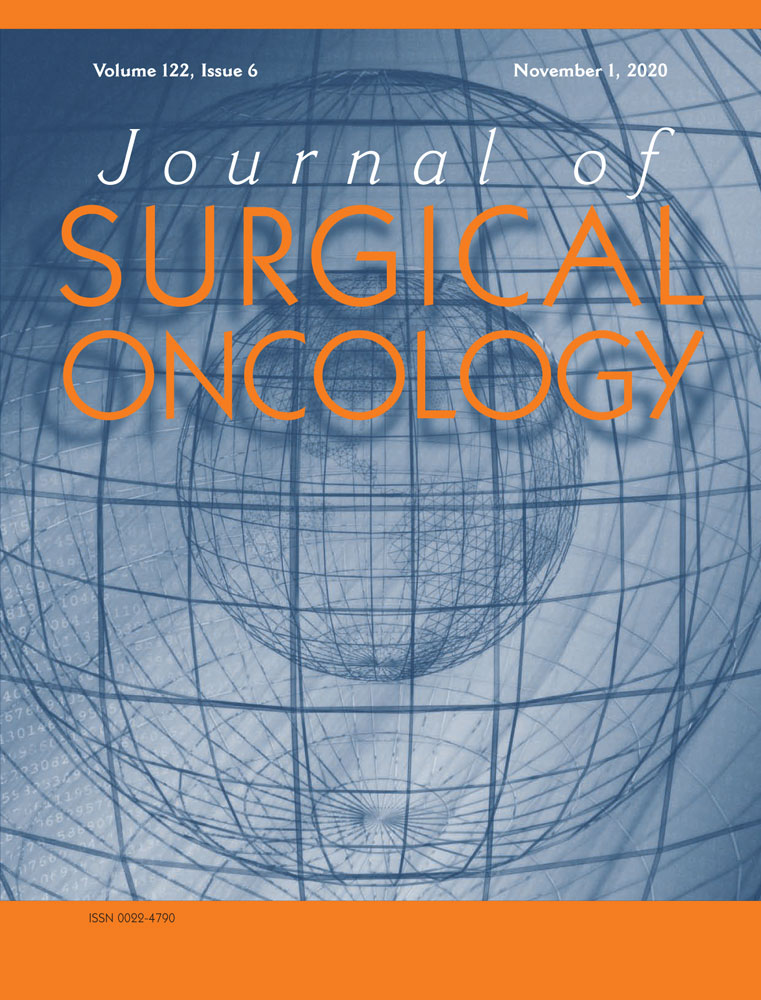Readmissions after ovarian cancer cytoreduction surgery: The first 30 days and beyond
Abstract
Background and Objectives
Postoperative readmissions are often used to assess quality of surgical care. This study compared 30-day vs 31- to 90-day readmission following surgery for ovarian, fallopian tube, or primary peritoneal cancer.
Methods
This retrospective study of the 2010-2015 Nationwide Readmissions Database characterized 90-day readmissions following cytoreductive surgery for these cancers. Each patient's first postoperative hospitalization was included. Univariate analysis compared patient demographics and reasons for readmission. Multivariable regression identified independent predictors of readmission.
Results
Of an estimated 76 652 patients, 10 264 (13.4%) were readmitted within 30 days, and 6942 (9.1%) between 31 and 90 days. The 30-day readmissions were more frequently associated with postoperative infection, while 31- to 90-day readmissions were more frequently associated with renal or hematologic diagnoses. Predictors of any 90-day readmission included index hospitalization longer than 7 days (adjusted odds ratio (AOR) 1.61 [1.48-1.75], P < .001), extended surgical procedure (AOR 1.41 [1.30-1.53], P < .001), pulmonary circulation disorder (AOR = 1.34 [1.13-1.60], P = .001), and diabetes mellitus (AOR = 1.12 [1.02-1.24], P = .020).
Conclusions
Readmission rates remain high during the 31- to 90-day postoperative period in ovarian cancer patients, although these readmissions are less frequently related to postoperative complications. Prospective study is merited to optimize surveillance beyond the initial 30 days after ovarian cancer surgery.
CONFLICT OF INTERESTS
The authors declare that there are no conflict of interests.
Open Research
DATA AVAILABILITY STATEMENT
The data that support the findings of this study are available from the Nationwide Readmissions Database. Restrictions apply to the availability of these data, which were used under license for this study. The data are available from the corresponding author upon reasonable request and with the permission of the Agency for Healthcare Research and Quality.




